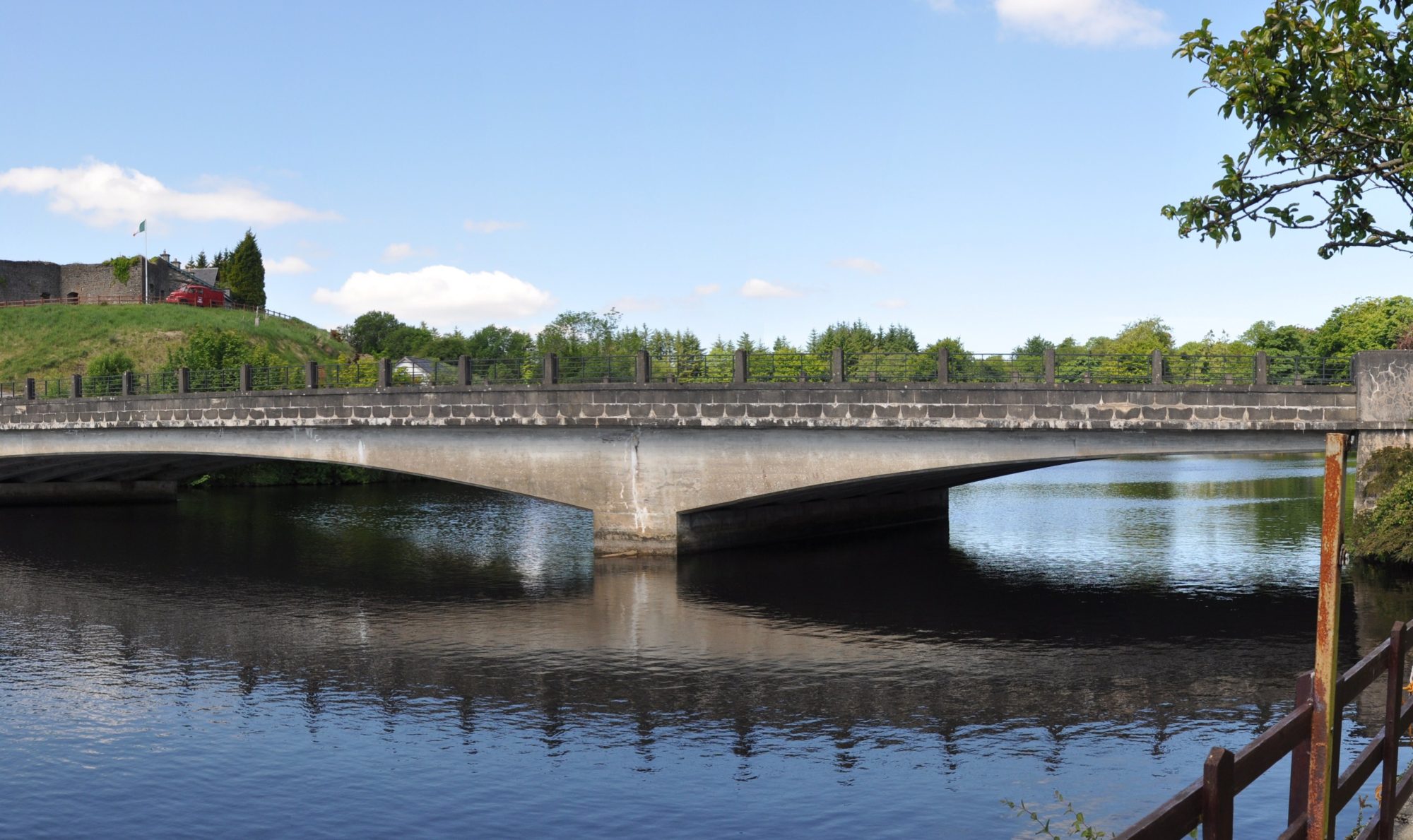This begins with an account of a trip I am about to take to some of the counties of the province of Ulster in the north of the island of Ireland – Cavan and Donegal in the Republic, and Fermanagh, Derry and Antrim in Northern Ireland.
It is a few months before the latest date – 31 October – for Britain’s exit from the EU. Recently appointed UK Prime Minister Boris Johnson, in typically intemperate language, has made a ‘do or die’ pledge to uphold Britain’s withdrawal from the bloc on that date, even if it means ‘crashing out’ of the Union without a deal. ‘Do or die. Come what may’. This attitude represents a threat to the current, comparatively open British border in Ireland – the so-called soft or frictionless border that was negotiated through the Good Friday Agreement (10 April 1998), the political culmination of the Northern Ireland peace process in the 1990s. Millions of column inches have been written on the ramifications of a no-deal Brexit that fails to honour the ‘backstop’ that the EU insists on – that is, the guarantee of maintaining a ‘seamless’ border on the island of Ireland. Suffice to say, the potential threat of renewed violence in Ireland bubbles beneath the possibility of renewed physical checks or infrastructure demarcating the line between the Republic and Northern Ireland.
Frontier, boundary, partition, borderline, seamless, porous, frictionless, hard, soft, borderlands, boglands, drumlins, crossroads, marches, limit, bounds, perimeter, divide, red line, blood red line, regulatory alignment, technological solution, backstop, single customs territory, cross-border trade, provision, withdrawal agreement, customs checks, permanent solution, no-deal Brexit, civil peace, civil war. ‘Do or die. Come what may’: This is a time for worrying about borders. Seamus Heaney’s line from his poem ‘Whatever You Say Say Nothing’, on the violent birth pangs of the Troubles near the poet’s birthplace in rural County Derry, is apropos here: ‘The “voice of sanity” is getting hoarse.’ (From the 1975 Faber collection North.)
As it happens, my maternal great-grandfather (James Cooney) and paternal great-grandmother (Mary Duncan) were born in neighbouring Ulster counties – Cavan and Fermanagh respectively – both leaving Ireland in the second half of the 19th-century, eventually for New Zealand, before the dividing line between the two counties was imposed. Emigration, immigration, subjects in transition, migratory forces and balances of power that regulate them still temper, insistently, the relations between how bodies of land and people are composed and articulated.
But my methods are not so easily defined – I’m going to wait and see: ‘What for others are deviations are, for me, the data which determine my course’ writes Walter Benjamin, of his approach to the Paris Arcades project. Adorno defined the form of the essay, as practiced by Benjamin, as an ‘unmethodological method’. Deviation, hesitation, delay and detour colour this initial foray into Ulster at this moment in time. I leave on Monday.
